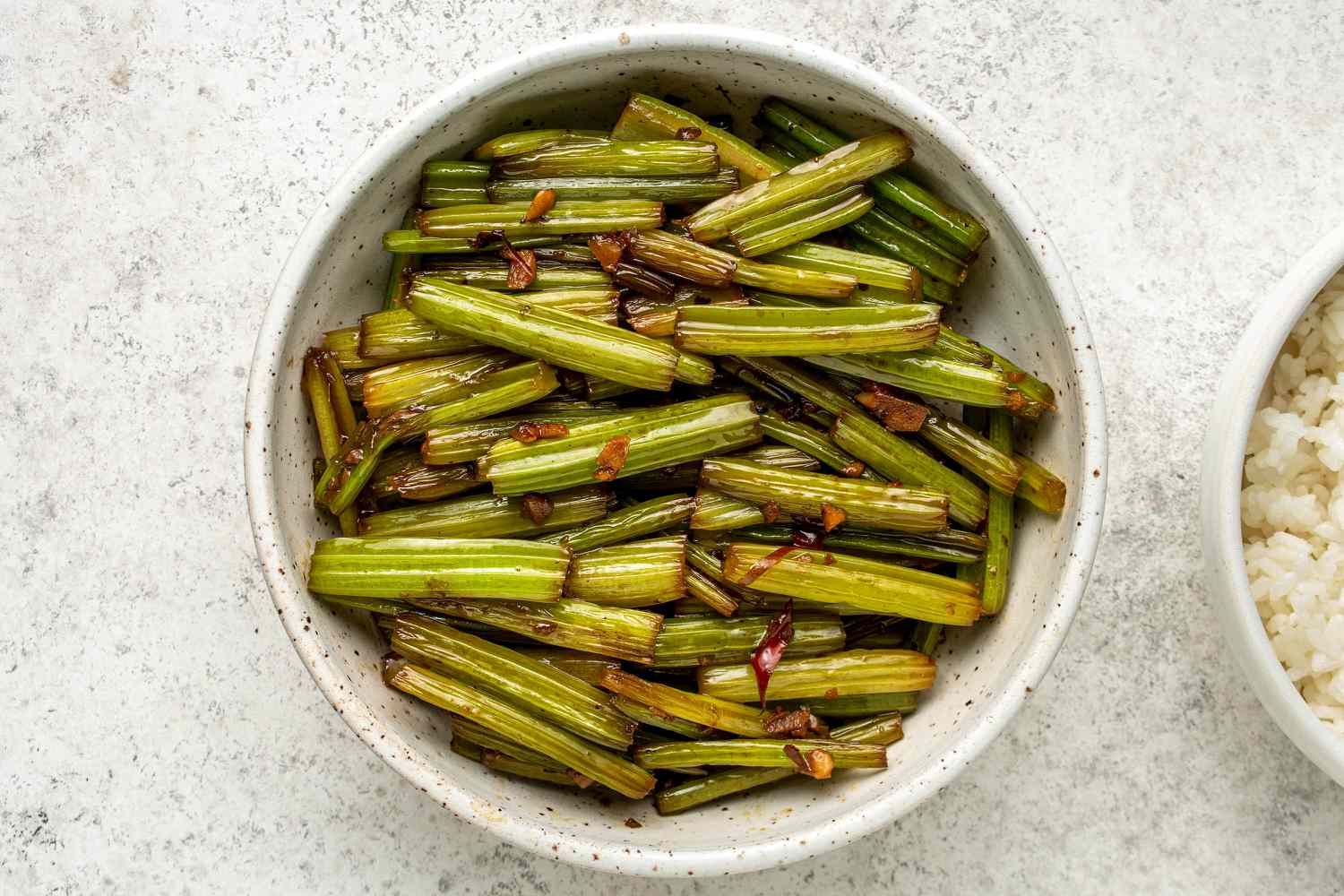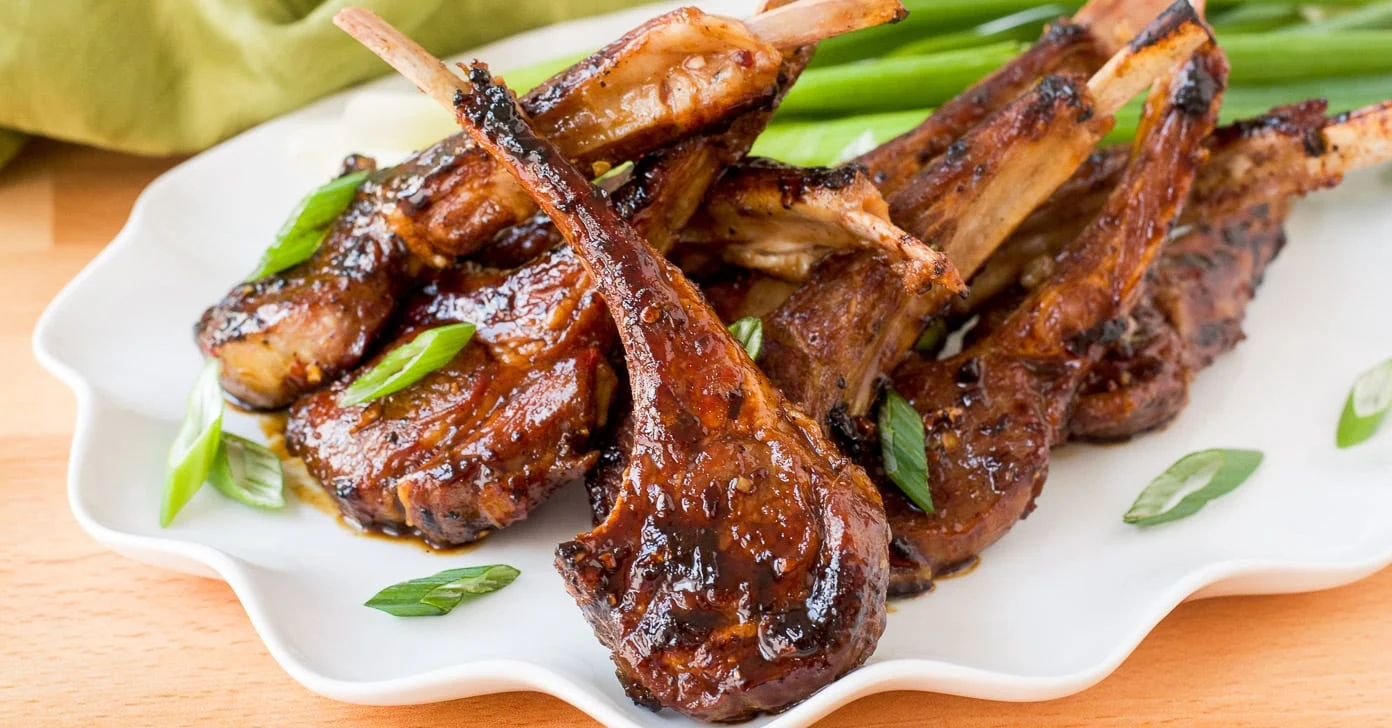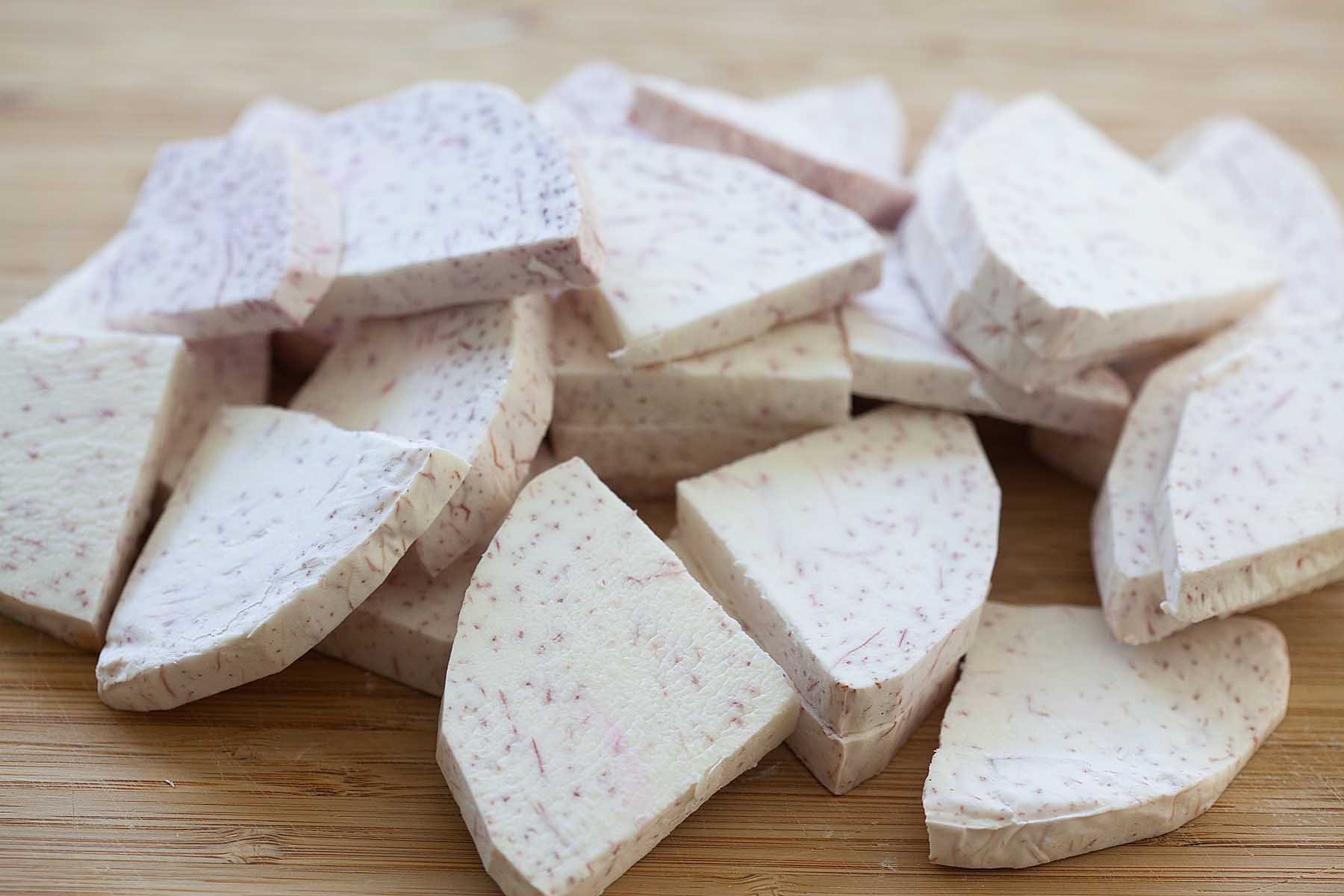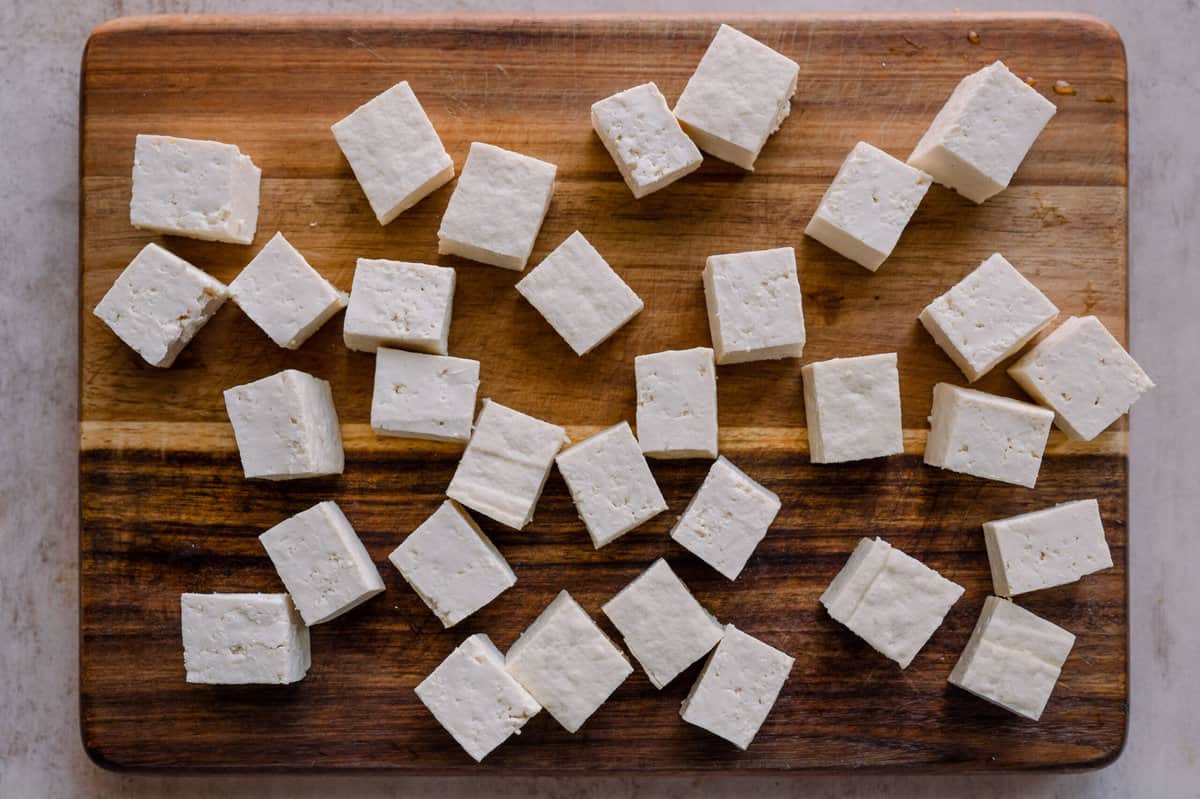How To Cut Eggplant For Stir-Fry
Are you a fan of stir-fry dishes? The vibrant colors, the sizzling sounds, and the tantalizing aromas – it’s hard to resist a good stir-fry! One key ingredient that often makes an appearance in stir-fry recipes is eggplant. This versatile vegetable adds a unique texture and flavor to your dish. But, do you know how to properly cut eggplant for stir-fry? In this article, we will guide you through the steps to ensure you achieve the perfect cut every time.
Gather your tools
Before you begin, make sure you have the right tools for the job. Here’s what you’ll need:
- A sharp knife: A well-sharpened chef’s knife or a Santoku knife will do the trick.
- A cutting board: Choose a spacious cutting board that provides enough room to work with the eggplant.
Preparing the eggplant
Follow these steps to prepare your eggplant for a delicious stir-fry:
- Start by washing the eggplant under cool water to remove any dirt or residue.
- Next, pat the eggplant dry with a paper towel.
- Trim off the stem using your knife.
- If your recipe calls for it, you can peel the skin off the eggplant using a vegetable peeler or leave it intact for added texture.
Cutting techniques
There are a few common ways to cut eggplant for stir-fry. Here are a couple of techniques:
1. Cubes
Start by slicing the eggplant crosswise into rounds, about ½ inch thick. Then, cut each round into strips, and finally, cut the strips into cubes. This method works well if you prefer smaller bite-sized pieces in your stir-fry.
2. Strips
If you prefer longer strands of eggplant in your dish, you can cut the eggplant lengthwise into thin strips. Simply slice the eggplant lengthwise using your knife, creating long pieces that resemble French fries.
Tips for success
Now that you have mastered the art of cutting eggplant for stir-fry, here are some additional tips to help you achieve the best results:
- Always use a sharp knife: A dull knife can make cutting eggplant more difficult and increase the risk of accidents. Keep your knives sharp for precision and safety.
- Consistent thickness: Aim for uniform slices or cubes to ensure even cooking. This will help you achieve a perfectly tender and flavorful eggplant in your stir-fry.
- Work quickly: Eggplant has a tendency to oxidize and turn brown when exposed to air. To prevent this, work efficiently and cook the eggplant as soon as possible after cutting.
There you have it – a step-by-step guide on how to cut eggplant for stir-fry. With these tips in mind, you’ll be able to prepare delicious and visually appealing stir-fry dishes that are sure to impress your family and friends. Happy cooking!
Using the techniques from the guide on how to cut eggplant for stir-fry, readers can explore various recipes to test their skills. They could start with the Eggplant and Shrimp Stir-Fry to enjoy the combination of tender eggplant and succulent shrimp. For a vegetarian option, the Eggplant and Mushroom Stir-Fry offers a delicious umami flavor that's hard to resist. If they prefer a bit of spice, the Spicy Eggplant and Tofu Stir-Fry provides a perfect balance of heat and texture. The Eggplant with Garlic Sauce Stir-Fry is another excellent choice, featuring a rich, savory sauce that complements the eggplant beautifully. For a more traditional option, the Sichuan-Style Eggplant Stir-Fry delivers bold and authentic flavors. Each of these recipes allows the reader to fully utilize their eggplant cutting skills, ensuring a perfect stir-fry every time.
Was this page helpful?
Read Next: How To Cut A Red Dragon Fruit











